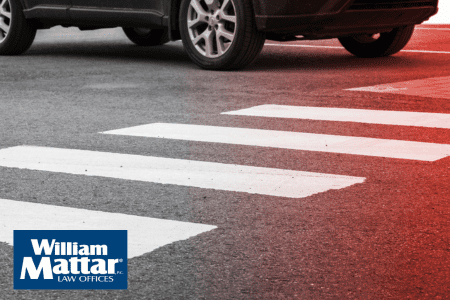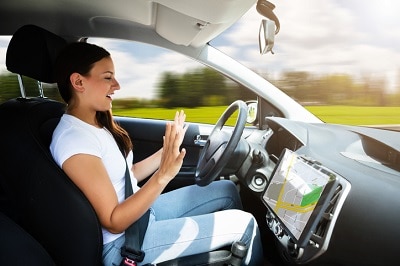

(844) - 444-4444

 Self-driving cars are a hot topic right now. Many newer models already have some form of automation, including computerized mechanical systems and sensory gathering information. But what is the future for driverless cars?
Self-driving cars are a hot topic right now. Many newer models already have some form of automation, including computerized mechanical systems and sensory gathering information. But what is the future for driverless cars?
The term “driverless car” may be a misnomer, as even self-propelled cars require at least one operator in the vehicle. Driverless cars are rated on a scale of 0 to 5 by the Society of Automotive Engineers (SAE) International. Each level requires different engagement from the driver – in the middle, at level three, the car can handle some parts of the journey, such as autopilot on long stretches of highway or parking the car.
The levels of automation define how much driver interaction is required.
These are pre-computer vehicles. They’re vehicles with zero driver assist programs, like automatic emergency braking or cruise control.
These vehicles have limited assistance features, such as lane-keep steering assistance, back-up cameras, or cruise control.
These cars have certain safety features built in to help drivers, especially under emergency circumstances. They can simultaneously control braking and steering, but still require driver engagement at all times. These are fairly common safety features on newer cars.
These vehicles are more capable of controlling the physical aspects of driving the vehicle entirely. It uses several driver assist programs in conjunction with one another and can accurately navigate the car from one place to the next. These vehicles do require the driver to take control in an emergency or when requested.
This class of self-driving vehicles is similar to the level 3 cars in that the driver assist functions to work in harmony together to move the vehicle. In addition, Level 4 cars monitor the environment and road conditions and use that input to keep the car safely en route. When the driver assist functions are engaged, then the human operator isn’t needed to pay attention to the operation of the vehicle.
These vehicles are fully capable of operating the vehicle in all circumstances. In these types of cars, humans aren’t needed to control the vehicle beyond turning it off and on. At this point, even the “driver” is simply a passenger.
Although the technology is there for a vehicle that can get from Point A to Point B, there are still some challenges that many auto developers face. One challenge for auto manufacturers is developing Artificial Intelligence (AI) program that is capable of processing rapid, frequently changing sensory input and choosing a safe, fast reaction. Computerizing the human brain’s ability to filter and assign importance to sensory input and make a safe choice on the road is a huge undertaking.
In addition, AI systems will need to be capable of learning. The sheer amount of potential threats on the road changes with each trip you take. AI programs will need the capability to analyze and compare each potential threat, from a slower moving vehicle to a deer by the side of the road, and react accordingly.
This type of technology is expensive, and putting it into a readily available, reliable consumer vehicles is still years away from happening.
Although Google has been testing pilot cars throughout California for several years now, the laws are still unclear as to who is responsible if a self-driving vehicle crashes.
As in any accident, there are a few critical steps to take if you’ve been involved in an accident with an automated vehicle. Call the police so a police report can be generated. If you are hurt, seek medical attention.
Finally, retain the services of an experienced personal injury attorney like William Mattar. Pursuing your insurance claim, especially with an automated vehicle, can be complicated, and you’ll need a Buffalo car accident attorney in your corner. When you’re ready to discuss your case, give us a call today.





